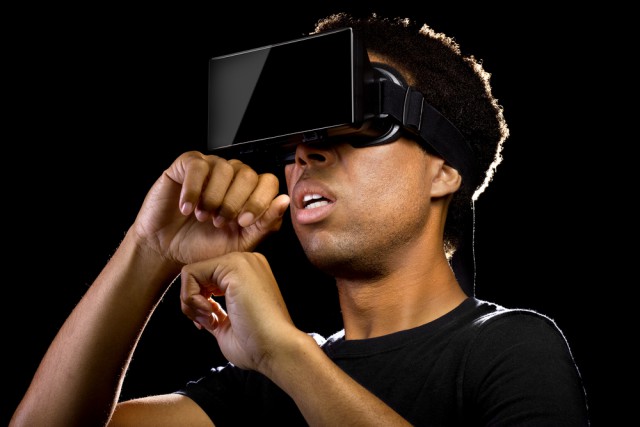Google becomes serious about VR

The revival of virtual reality is nearly upon us and Microsoft and Facebook have both put a great deal of resources into carving out their place in this new form of entertainment.
Facebook is heavily invested in the Oculus Rift while Microsoft has spent years developing its own version of virtual/augmented reality with its HoloLens.
Google on the other hand has had only a minor presence in VR with its budget-minded Google Cardboard. This could be set to change in 2016 as the company has appointed Clay Bavor, VP for Product Management, to focus his efforts solely on VR.
Bavor has been responsible for running Gmail, Drive, Docs and Google’s other apps along with overseeing Google Cardboard. Google’s SVP Diane Greene will be taking over his duties so that he can expand the work he has been doing with VR.
Cardboard is Google’s attempt to get VR into consumers’ hands in an affordable way using the smartphones they already have. In the past year, the company has been able to deploy the product into schools and was able to solidify a deal with the New York Times. The team behind Cardboard also announced an integration with GoPro which would allow YouTube videos to incorporate virtual reality.
Google has been quite cautious in dealing with VR and AR technologies and products since Google Glass was unable to gain the support it needed from consumers and critics to really take off as a platform. It is possible that the company has been waiting for Magic Leap, an augmented reality firm in which it has invested in, to make AR possible in a more appealing way.
Published under license from ITProPortal.com, a Net Communities Ltd Publication. All rights reserved.
Photo Credit: Rommel Canlas/Shutterstock